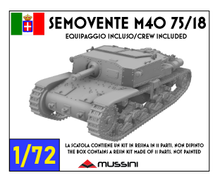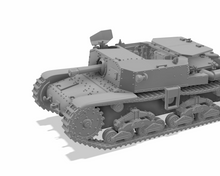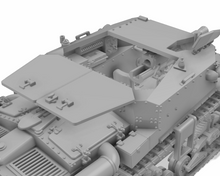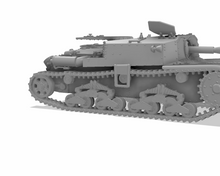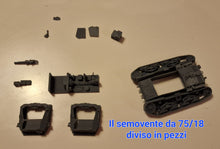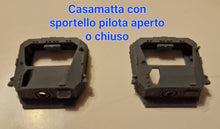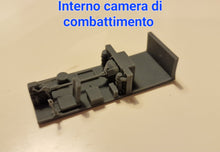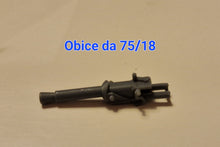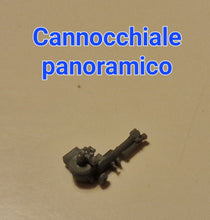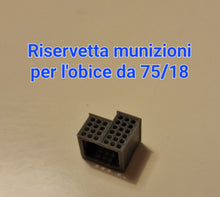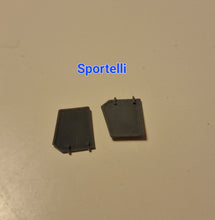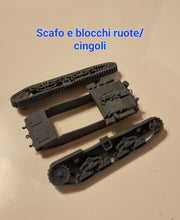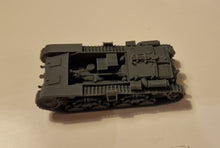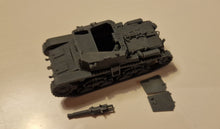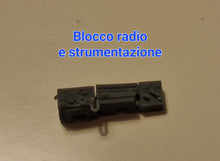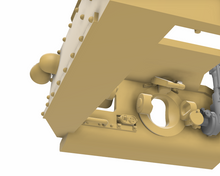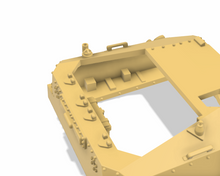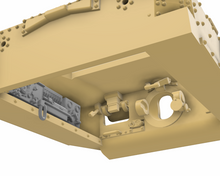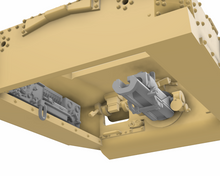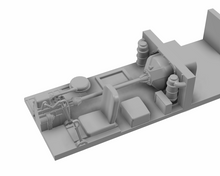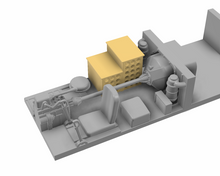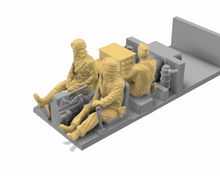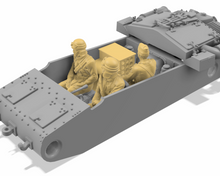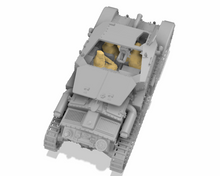
Fu sicuramente il veicolo da combattimento più riuscito, tra quelli impiegati diffusamente dal Regio esercito durante la Seconda guerra mondiale. Il Semovente da 75/18, così denominato per il cannone in dotazione, fu sin dalla sua consegna ai reparti l'unico vero mezzo in grado di fronteggiare con successo i blindati in dotazione alle truppe britanniche. I successi ottenuti in azioni contro altri tank, spinsero ben presto l'Alto comando a incentivarne la produzione a scapito dell'M13, che coll'andare del conflitto stava diventando ormai inadeguato.
Il Semovente da 75/18 venne sviluppato a partire dal 1938 nel quadro di potenziamento delle unità corazzate del Regio Esercito. Dopo alcuni prototipi, inizialmente dotati di un pezzo controcarro da 47 mm (lo stesso dell'M13), si optò alla fine per l'obice da 75 mm, installato in una casamatta montata sullo scafo degli M13. I primi esemplari vennero assegnati ai reparti solo nel gennaio 1942, quando raggiunsero il 132° reggimento della divisione corazzata Ariete in Libia. Furono 60 gli esemplari prodotti dell'M40, mentre circa altri 200 vennero prodotti utilizzando gli scafi dell'M14, dotati di motori più prestazionali.
Venne impiegato in tutte le battaglie combattute in terra d'Africa e in Sicilia. Gli esemplari superstiti, dopo l'8 settembre 1943, vennero confiscati e impiegati dai tedeschi.
Nelle scatole Mussini del Semovente da 75/18 in scala 1/72 è contenuto un kit da montare che prevede i seguenti pezzi: 2 casamatte, a scelta con lo sportello del pilota aperto o chiuso, gli sportelli, lo sportellino del comandante col relativo cannocchiale panoramico, il blocco della strumentazione e della radio, la riserva di munizioni da 75, il cannone, i due blocchi di cingoli e ruote, le due parti dello scafo con la riproduzione della camera di combattimento. Sono inoltre inclusi i 3 figurini dell'equipaggio.
Prodotto non adatto a minori di 14 anni. Pitture, colle e altri materiali non sono inclusi nella confezione. Alcune parti potrebbero essere piccole o con sporgenze affilate.
Note
L'articolo viene venduto NON dipinto.
--------------------------------------------------------------------------------------------------
It was certainly the most successful combat vehicle among those used by the Royal Army during the Second World War. The Semovente da 75/18, so named for his howitzer, was, since its delivery to the army units, the only italian vehicle capable of successfully facing the armored vehicles used by the British troops. The successes obtained in actions against other tanks soon pushed the italian High Command to encourage their production at the expense of the M13, which, as the conflict went on, was becoming inadequate.
The 75/18 Semovente was developed starting from 1938 as part of the strengthening of the armoured units of the Royal Army. After some prototypes, initially equipped with a 47 mm anti-tank piece (the same of the M13), the 75 mm howitzer was finally opted for, installed in a casemate mounted on the hull of the M13. The first examples were assigned to the armoured divisions only in January 1942, when they reached the 132nd regiment of the "Ariete" in Libya. There were 60 examples of the M40 produced, while around 200 others were produced using the M14 hulls, equipped with more high-performance engines.
It was used in all the battles fought in Africa and in Sicily. The surviving vehicles, after the armistice of 8th September 1943, were confiscated and used by the Wehrmacht.
In the Mussini boxes of the Semovente 75/18 in 1/72 scale there is a kit to be assembled which includes the following pieces: 2 casemates, with the pilot's door open or closed, the top hatches, the commander's little hatch with the relative telescope panoramic view, the instrumentation and radio part, the 75 ammunition reserve, the gun, the left and right tracks and wheels, the two parts of the hull with the reproduction of the combat chamber. The 3 crew figures are also included.
Disclaimer
Product not suitable for children under 14 years. Paints, glues and other materials are not included in the package. Some parts may be small or have sharp protrusions.
Note
Item is sold NOT painted.




























